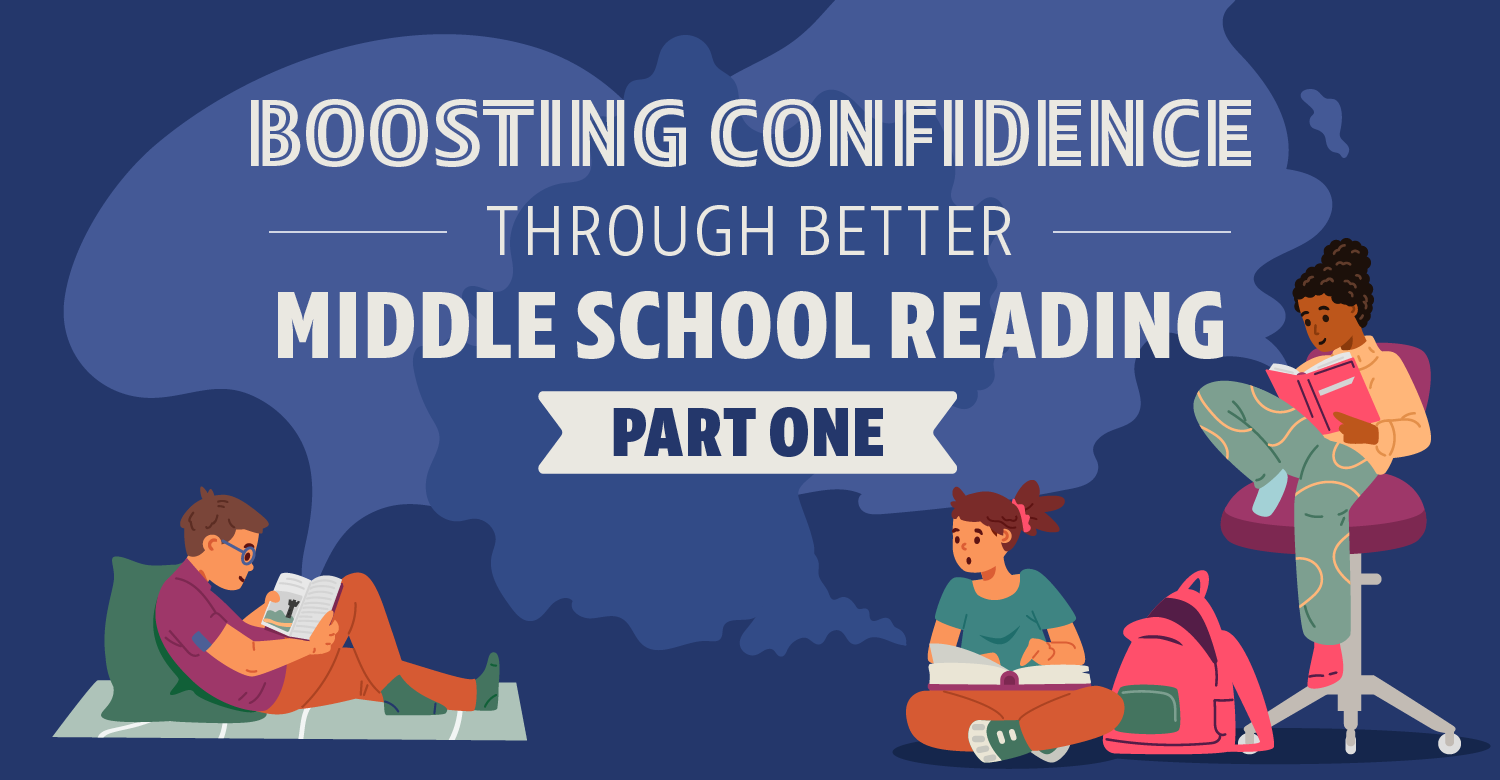A few years ago, we wrote an article that appeared in Educational Leadership called “The Why Behind RTI.” In this article, we asserted that many schools were struggling with RTI because they had asked the wrong questions to guide and shape their thinking. Questions like “How do we raise our test scores?” which all too often leads to a singular focus on the “bubble kids”; “How do we implement RTI?” which reduces this life-saving process to a checklist of actions to accomplish; and “How do we stay legal?” which often leads to byzantine paperwork and mere compliance.
We then suggested a different set of questions to guide a school’s or district’s thinking: What is the fundamental purpose of this school? What knowledge and skills will our children need to be successful adults? What must we do to make this a reality for every student? These questions focused more on the why of RTI than the what and the how.
In our latest book, It’s About Time (elementary and secondary versions), we have suggested questions to guide a school’s thinking about RTI that deal more with the what and the how. Once schools are clear on the moral imperative behind this work, we suggest the following questions be asked and answered, because achieving high levels of learning for all students will require more than a new bell schedule:
- How do we successfully use this time to support student learning?
- How do we determine what interventions to offer?
- How do we assign staff?
- How do we transition students to the correct help sessions?
- How do we hold students accountable to attend?
- How do we move beyond a study hall approach and actually provide targeted instruction?
- How do we efficiently monitor student progress?
- What do we do with students who don’t need extra help?
- How do we provide intensive interventions to students who lack the foundational skills of reading, writing, number sense, or the English language and still give them access to grade-level curriculum?
- What if students need help in multiple academic areas?
- What if students’ needs are not academic, but motivational?
- How do we keep the process from becoming a paperwork nightmare? If we shave minutes off regular classes, how will teachers be able to cover the required curriculum?
- How can we achieve these outcomes with our current resources and without asking teachers to work beyond their contractual obligations?
- Where does special education fit into this process?
The good news for schools and districts is the old Chinese proverb that says, “To understand the road ahead, ask those coming back.” Our new anthologies provide answers to all of these questions from 24 contributors. It’s About Time: Planning Interventions and Extensions in Elementary School provides the reader with 12 different examples from 12 different elementary schools. It’s About Time: Planning Interventions and Extensions in Secondary School does the same with 12 different examples from 12 different secondary schools. Best of all, almost every example in both anthologies was achieved with the school’s existing resources, in accordance with teacher contractual agreements, and in compliance with district, state, and federal regulations. While you many not be able to recreate the exact interventions described in each chapter, you can recreate the process, tailoring these examples to your unique resources and needs.
[author_bio id=”34″]
[author_bio id=”293″]






